Why Honda’s early twins are some of today’s best buys
The bright red paint catches the eye and the chrome gas-tank panels shimmer. You swing a leg over the low and firm bench seat. You tap the starter button. It fires almost instantly.
It’s a Honda, after all. The engine settles into a deep putter. It’s a CB77 Super Hawk.
The 305-cc Super Hawk was Honda’s “sportbike” of the 1960s. Along with the CL77 Scrambler and CA77 Dream, the CB77 was a major part of how the company planned to own the American motorcycle market. It’s hard to imagine today, but in the mid-1950s, the Japanese motorcycle industry was barely a blip on the map. England dominated the garages of everyday riders, that country’s bikemakers offering everything from entry-level, 150-cc singles to sporting twins of 650 or 1000 cc.

In 1953, BSA was the world’s largest producer of motorcycles. American manufacturers defined the large-bore touring market with their 1200-cc Harley Panheads and Indian Chiefs, but Indian went bankrupt that same year. And in 1959, a company born only ten years earlier—founded to produce bicycle engines, of all things—became the largest motorcycle manufacturer in the world.
Honda Motor Company Limited was founded in 1948. In 1959, it opened American Honda Motor Company, its U.S. arm, in Los Angeles. The goal was not to to make limited models, or to chase horsepower wars, or to develop a cult following. Honda engineered and built motorcycles that were clean, efficient, and meant for ordinary people. One of those bikes, the Super Cub, brought inexpensive motorcycling to the masses and sealed Honda’s success. But the firm’s 305-cc twins marked the beginning of the end of the British motorcycle industry.
In 1959 Honda released a 305-cc motorcycle first known as the C76 Dream. The Dream was a revelation, a reliable and quick machine at an affordable price, yet it offered technology, like an electric starter, that wasn’t a consideration for British bikes. (The Triumph Bonneville wouldn’t get an electric start until 1980, three years before its maker went bankrupt.) In 1960, the C76 became the CA77 (known outside America as the C77). Honda introduced the CB77 Super Hawk, the sportbike of the range, in 1961. Nineteen sixty-five brought the CL77 Scrambler.
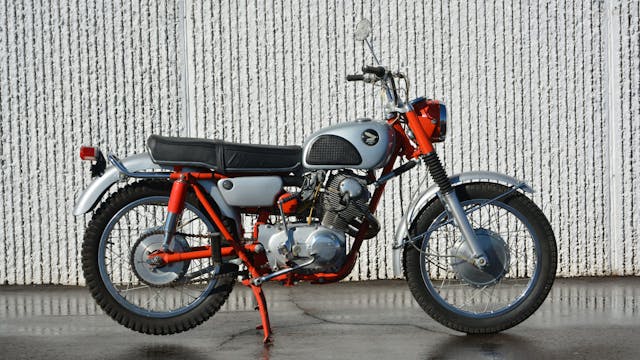
Those three models represent different experiences, and liking one doesn’t mean you’ll like the other. They all share the same parallel-twin of around 28 hp. One might not expect a 305-cc Honda to make much of a noise, but the engine has its own throaty sound that surprises many. The CA77 Dream is the “touring” model in the lineup, with its relatively upright riding position and medium-width bars, and it feels right puttering around back roads. The CL77 Scrambler is by far the loudest, with the most British-like vibrations, especially since the removable muffler is now missing on many examples. The handlebars are wide and make you want to stand up on the pegs and let the bike flow between your legs.
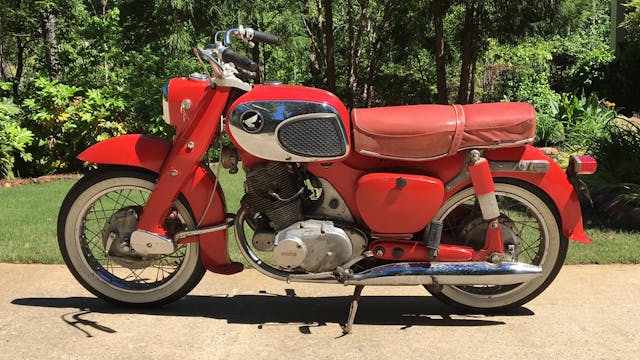
Lastly, there’s the Super Hawk. The narrow bars give fast steering inputs. The riding position is only slightly forward, but these bikes are all small beasts, and they can be cramped for many. That twin arguably provides a perfect blend of sound, between noise from gearing, from the engine’s top end, and from the ignition system. The valves and timing chain aren’t the quietest, especially after 60 years of use, but each cylinder fires with a solid thump. The 180-degree crankshaft gives the engine a distinct note while revving smoothly to 9000 rpm.
All that noise just confirms everything is working in harmony.
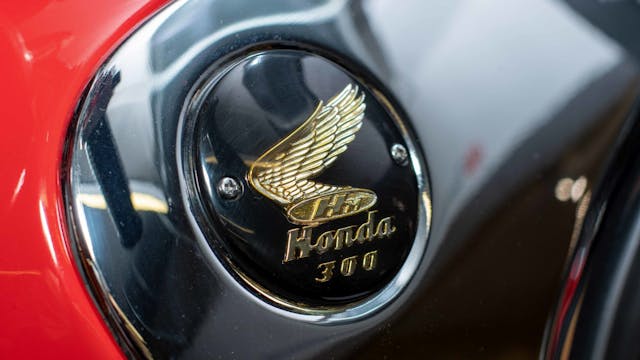
The 305s are an example of classic Honda engineering: They just work, and they work well. Fit and finish is near-perfect, and great thought was put into the little details that make the bike easy to service. Lest we forget, this is a Honda, so parts are plentiful and affordable, and the bike will require little unplanned service. (I am actually English myself and own just as many British bikes as Hondas, so none of this is personal. British and Italian bikes just have an aura about them that says, Will it start today?)
Plentiful and affordable also describes the bikes themselves. These Hondas represent strong value—you can still buy a nice example of any 305 for under $5000. Some believe the relatively low displacement makes these bikes too small or impractical for modern roads, but in reality, most classic motorcycles rarely see more than 55 mph. Rather, they are used around town for ice-cream and coffee runs and for slower back roads. In that light, the 305s are a dream, no pun intended.

Wide availability coupled with that perceived low usability has traditionally held values back. The CA77 Dream has historically carried the lowest value and the CL77 Scrambler the highest, with the CB77 Super Hawk slotting in the middle. That pattern has recently been shifting, however, with all models rising sporadically. The CL77 has lagged slightly in this new market, possibly because it lacks the chrome and bright paint that might appeal more to online impulse buyers looking for garage candy.
1965 Honda CB77 Super Hawk #3 value: $5,400
1965 Honda CA77 Dream #3 value: $4,800
1965 Honda CL77 Scrambler #3 value: $4,800
These bikes were seen as worthless for the longest time—many owners simply chucked them in the corner of the garage rather than sell for pennies. The rise in values has led many of those examples to reappear on the market, and barn-find hunters, restorers, and flippers seem to continually find them. If you’d prefer a project, you’ll have no problem sourcing a 305 in rougher shape. Honda made around 250,000 of these twins and the engines last forever, so the market always holds plenty of suitable starting points.
Don’t be afraid of a bike that has been sitting, either. I’ve pulled more than ten 305s out of long-term storage, the bikes covered in an inch of dust. All but one required only a carb clean, a battery, and fresh gas to get running.
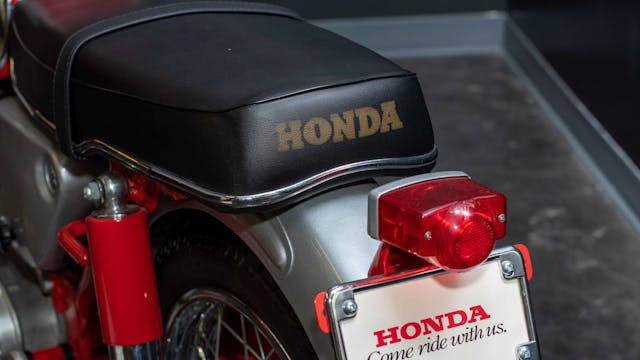
So here we have a relatively affordable 1960s bike that is reliable and trustworthy, that’s able to keep up in 50-mph traffic, that has plentiful parts availability, and that provides the unique riding experience only found with a small Honda twin. It’s hard to find another classic motorcycle that provides such joy for so little money.
Five grand for a sculpture you can take to coffee with your buddies? Why not? After all, friends and riding are what motorcycling is all about.
Check out the Hagerty Media homepage so you don’t miss a single story, or better yet, bookmark it.
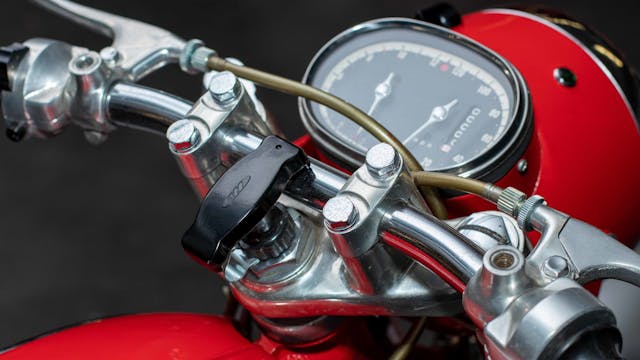
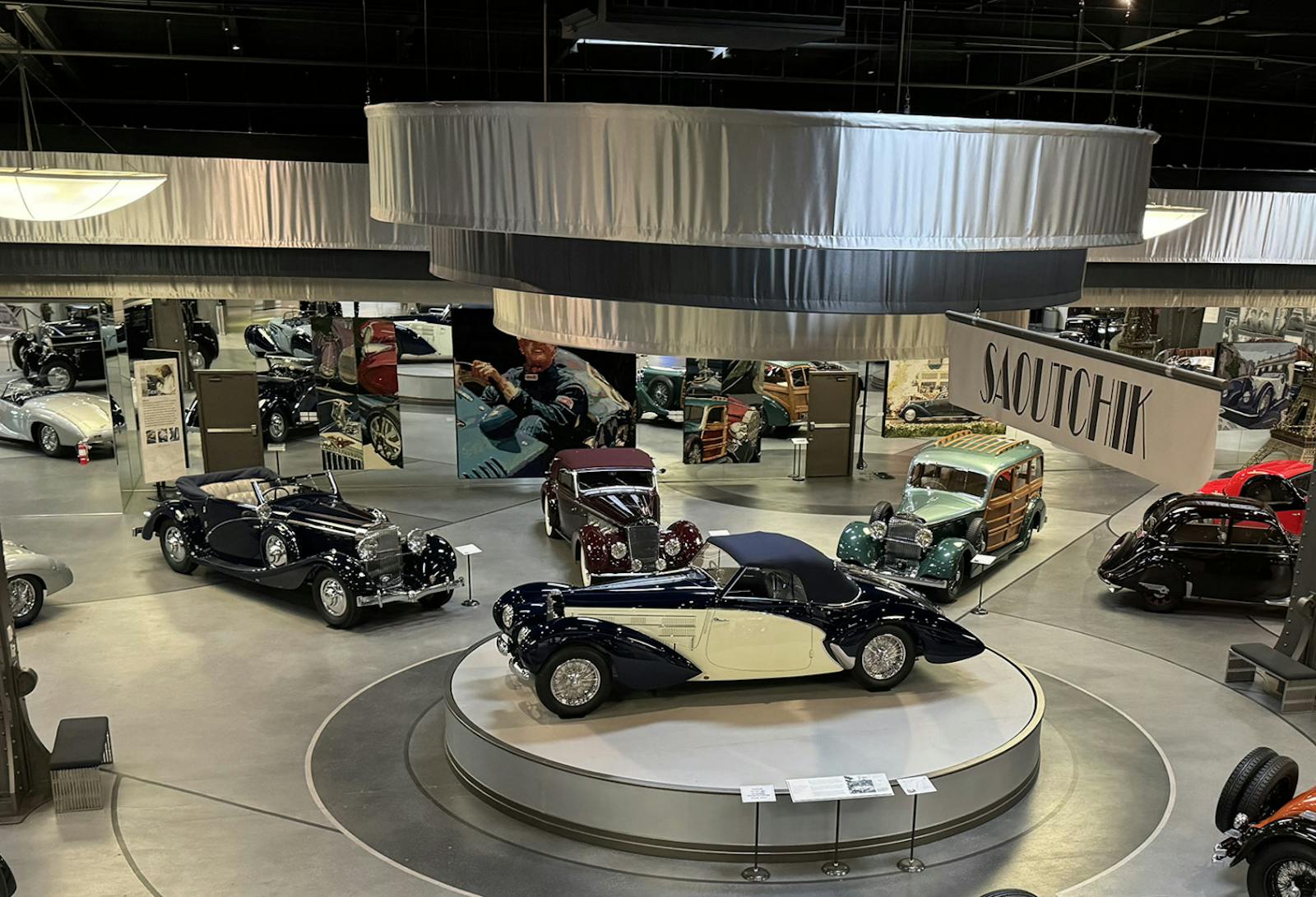

You have to love the motorcycles from the late 60s and 70s. The thing is, an old bike no matter what condition, is just that. It is very expensive to retore bikes like old Hondas. If you have a particular motorcycle you fell in love with, it is best to have it restored no matter the milage and condition. It is not unreasonable to spend $30,000 to restore a CB750 like new. If you are not willing to pay that, you may not be in love with that old bike. Nothing is for free.
I BOUGHT A HONDA C92 125CC WHEN I WAS STATIONED ON OKINAWA IN 1963 AND HAD IT UPGRADED TO 154CC BY OSHIRO HONDA THEN BOUGHT A 1962 CB77 WHICH I RACED DIRT TRACK ALMOST EVERY WEEK. I STILL HAVE THE BIKE AND IT IS A VERY CAPABLE HIGHWAY BIKE AT US SPEEDS. IT HAS SCRAMBLER PIPES HARMON AND COLLINS CAM AND SPRINGS, IS PORTED AND HAS OVERSIZED INTAKE VALVESAND WILL REV TO OVER 11,000 RPM. I HAVE TRAVELED ON BACK IN THE DAY COAST TO COAST.THESE WERE VERY DURABLE MOTORCYCLES AND WITH A WEBCO 350CC KIT WOULD OUTRUN A NORTON MANX EVERY TIME. DONT UNDERRATE BECAUSE OF AGE AND DISPLACEMENT.